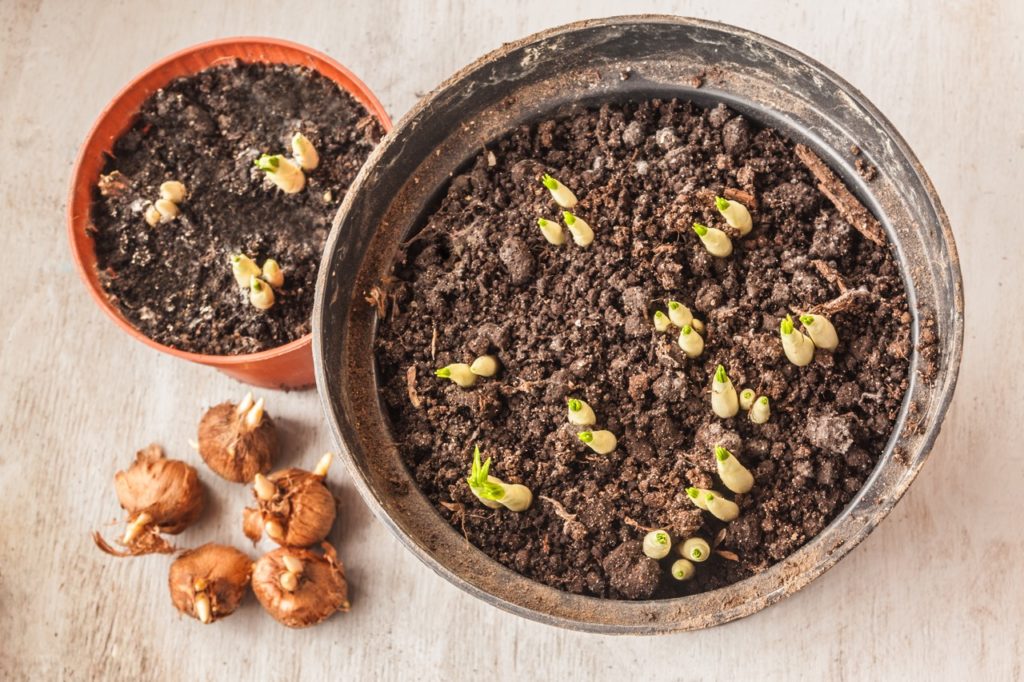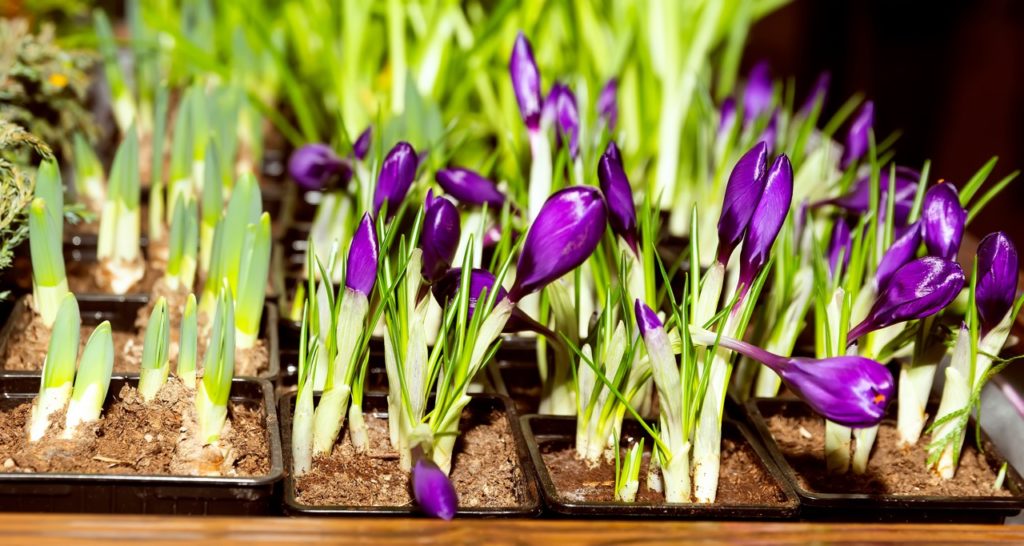Crocus Are Often Grown From Corms, But Did You Know You Can Grow Them From Seed?

BULBS > CROCUS > SOWING

Elizabeth is a Permaculture Garden Designer, Sustainability Consultant and Professional Writer, working as an advocate for positive change. She graduated from the University of St. Andrews with an MA in English and Philosophy and obtained a Diploma in Applied Permaculture Design from the Permaculture Association.
Reviewed By COLIN SKELLY

Colin is a Horticulturist and Horticultural Consultant with experience in a range of practical and managerial roles across heritage, commercial and public horticulture. He holds the Royal Horticultural Society’s Master of Horticulture award and has a particular interest in horticultural ecology and naturalistic planting for habitat and climate resilience.
IN THIS GUIDE
CROCUS GUIDES
Autumn Planting
Container Growing
Growing From Seed
Crocuses are typically grown from corms, which are sold for planting in autumn.
However, if you want to obtain a large number of crocuses for a larger naturalising project, then you may wish to try your hand at growing these pretty flowering plants from seed.
Most spring flowering crocuses are not actually too challenging to germinate and grow on successfully.
However, the process does require some patience and a bit of work, since you will need to wait.
Here are the steps to follow:
- Collect the seeds when they become viable in May or June.
- Sow the seeds quickly before they lose viability.
- Wait for germination, which usually takes a few months.
- Care for the seedlings correctly when they emerge.
- Plant out the seedlings after 3 years in your garden.
Keep reading to get more information on each of these steps.
| Difficulty | Medium to hard |
| Equipment Required | Seeds, seed tray, soil, cold frame or greenhouse |
| When To Sow | Summer |
| When To Plant Out | Autumn |
1) Collect Seeds
The seeds of crocuses can be found within swollen sheaths that are located close to the ground near the base of the plant.
These can be carefully collected when they ripen and are mature, which is typically around May or June with spring-flowering types.
2) Sow Seeds
“For growing large numbers of any plant, seed sowing is often the best option, but make sure you factor in the cost of pots and compost and also the space that will be taken up before sowing commences,” shares Colin Skelly, a Master Horticulturist with almost 15 years of experience in the industry.
It is important to sow the seeds as soon as possible after they are collected as crocus seeds can lose viability quite quickly.
Sow your crocus seeds into trays of an appropriate growing medium.
The medium should be moist, but it is essential to provide free-draining conditions.
Sow your crocus seeds on the surface of the growing medium and cover lightly with horticultural grit.
3) Wait For Germination
There are several important things to remember when trying to get crocus seeds to germinate successfully.
The first thing is that damping off and other fungal issues can often become a problem, so using an anti-fungal can help mitigate risk.
One idea to try is using a copper fungicide or you might also try an organic gardening trick and sprinkle cinnamon in your seed trays.1Could cinnamon oil be used as an alternative to antifungals? (n.d.). Microbiology Society. Retrieved March 14, 2023, from https://microbiologysociety.org/news/society-news/could-cinnamon-oil-be-used-as-an-alternative-to-antifungals.html

Of course, good hygiene is essential and seed trays should be scrupulously clean.
You should also take care to provide very good ventilation and free-draining conditions.
Another key thing to remember is that crocus seeds need to be exposed to a period of warm and then a period of cold in order to germinate.
So, after sowing, it is best to place the seeds in a protected space, but not one entirely insulated from the seasonal changes, like a cold frame or unheated greenhouse.
4) Care For Seedlings
If you are successful in getting crocus seeds to germinate, shoots should appear between January and March of the following year.
When new shoots appear, it is important not to let them experience sub-zero temperatures as they are very vulnerable at this stage.
If you are not careful, they can be killed by being frozen when wet.
Make sure they are in a location that does not drop below 1-2°C.
It can be warmer but remember, the space must be well-ventilated as damping off and other fungal issues can still arise.
Pot on your young seedlings into pots once they are large enough to handle, repotting them into a loam-based compost with added grit for drainage.
Repot them each year with a fresh growing medium and feed them with a weak, balanced organic fertiliser, which will help encourage healthy corm formation.
5) Plant Out

By their third year, the crocus grown from seed should flower and will be healthy and strong enough to be planted out into your garden.
References
- 1Could cinnamon oil be used as an alternative to antifungals? (n.d.). Microbiology Society. Retrieved March 14, 2023, from https://microbiologysociety.org/news/society-news/could-cinnamon-oil-be-used-as-an-alternative-to-antifungals.html
